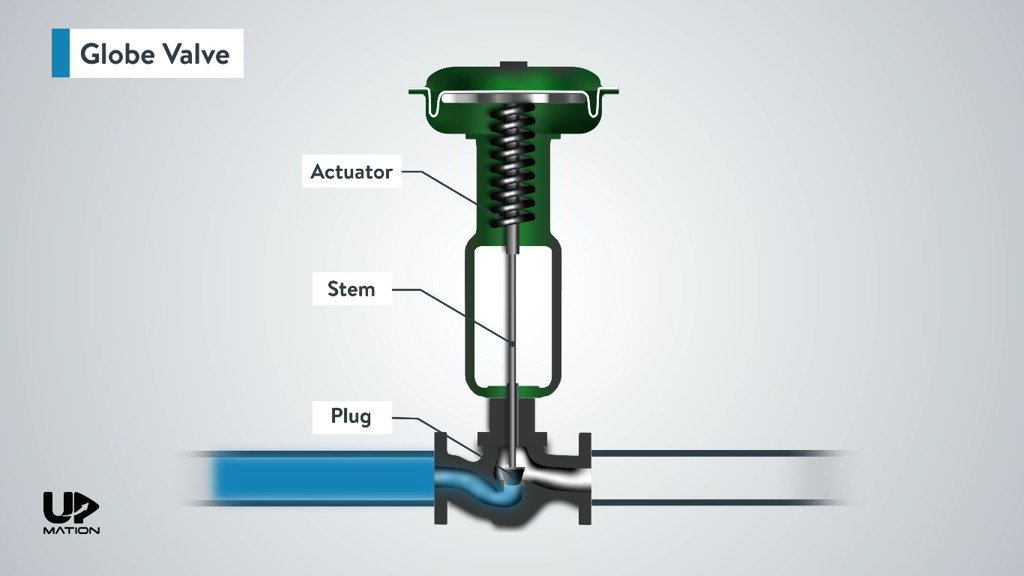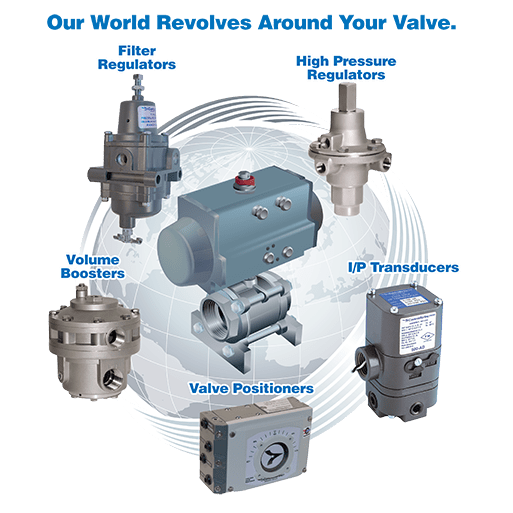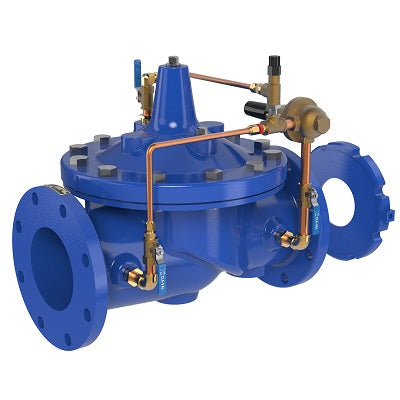
Maximize Power Savings and Convenience With Advanced Structure Automation Controls
In the world of contemporary architecture and facility monitoring, the integration of advanced structure automation manages stands as a pivotal improvement. By harnessing the power of automation, buildings can adjust, react, and develop in means that were as soon as unimaginable.
Energy Effectiveness Benefits
Power effectiveness benefits can significantly decrease power intake and operational expenses in structures. By implementing energy-efficient techniques and innovations, structure proprietors and drivers can attain considerable cost savings while also contributing to environmental sustainability. One of the key benefits of enhancing power performance in structures is the reduction of utility bills. Energy-efficient systems, such as advanced building automation controls, can maximize making use of resources like heating, lighting, and cooling, bring about reduced power costs gradually.
Additionally, boosted power effectiveness can prolong the life expectancy of building devices and systems. By operating extra successfully, HVAC systems, light, and other structure elements experience less wear and tear, resulting in decreased maintenance and substitute prices. Additionally, energy-efficient buildings usually regulate higher building values and rental prices, offering long-term economic benefits to proprietors.
Furthermore, power effectiveness can enhance resident convenience and productivity. Properly regulated indoor settings with optimal lights and thermal conditions develop a more pleasant and favorable work area, bring about enhanced worker complete satisfaction and efficiency. Overall, the energy efficiency advantages associated with sophisticated structure automation controls are multifaceted, including expense financial savings, environmental stewardship, and occupant health.
Boosted Comfort Control
Enhancing convenience control in structure settings calls for an innovative combination of sophisticated automation systems for ideal owner health. By utilizing sophisticated building automation controls, centers can tailor the interior atmosphere to satisfy the specific needs and preferences of passengers. control valves.
By incorporating these sophisticated controls, structures can not just boost convenience yet additionally enhance energy effectiveness by optimizing system operations based on actual occupancy and use patterns. Eventually, focusing on owner convenience via sophisticated automation systems leads to an extra pleasurable and healthier interior setting.
Functional Performance Improvements

In addition, the implementation of real-time monitoring and analytics devices enables structure drivers to identify energy inefficiencies and operational abnormalities promptly. By continuously keeping an eye on energy use patterns and system performance metrics, modifications can be made in real-time to imp source enhance power consumption and make sure peak functional performance. control valves. In addition, including need action approaches right into structure automation controls can additionally boost functional efficiency by dynamically readjusting power use based on grid conditions and rates signals
Indoor Environment Optimization
Efficient indoor climate optimization is an essential aspect of building automation controls, making sure occupants' comfort and well-being while maximizing energy financial savings. By using innovative sensors and controls, developing automation systems can continuously change and check temperature level, moisture levels, air top quality, and air flow to produce an optimal indoor setting. Maintaining comfy and regular conditions not just improves passenger satisfaction however also boosts performance and total well-being.
Interior climate optimization also plays an essential duty in energy effectiveness. By fine-tuning heating, air flow, and air conditioning systems based on real-time data and tenancy patterns, building automation controls can considerably minimize energy consumption - control that site valves. Carrying out techniques such as demand-controlled air flow and thermal zoning can aid minimize power waste while making sure that each area of the building receives the required conditioning.

Sustainable Environment Creation
Building automation controls not only maximize interior environment conditions for power efficiency and occupant comfort however also lay the foundation for producing a sustainable atmosphere with critical administration of sources and systems. By incorporating sophisticated structure automation modern technologies, such as sensing units, actuators, and intelligent software program, centers can change and monitor power usage in real-time to decrease waste and reduce their carbon footprint. These systems allow predictive maintenance, identifying potential concerns prior to they rise and enhancing devices performance to boost long life and effectiveness.
Additionally, lasting setting development expands past energy management to encompass water conservation, waste decrease, and interior air top quality improvement. Building automation controls can regulate water usage, discover leakages, and make sure appropriate garbage disposal techniques, adding to overall sustainability efforts. In addition, by monitoring and managing ventilation and filtering systems, these modern technologies improve owner wellness and productivity while lowering power usage related to a/c procedures.
Final Thought
In verdict, progressed structure automation controls deal significant benefits in regards to energy cost savings, convenience control, functional performance, indoor environment optimization, and producing a lasting atmosphere. By executing these controls, structures can achieve optimal efficiency while minimizing power intake and enhancing resident comfort. It appears that making use of innovative automation innovation is crucial in boosting structure efficiency and producing a much more lasting future.
Power performance benefits can significantly lower power usage and operational costs in buildings. Overall, the power efficiency advantages associated with innovative structure automation controls are complex, encompassing price financial savings, environmental stewardship, and passenger wellness.
In addition, including need feedback strategies into best site building automation controls can further improve functional efficiency by dynamically changing energy use based on grid problems and rates signals.
Structure automation manages not only enhance interior environment problems for energy efficiency and resident comfort yet likewise lay the foundation for creating a lasting atmosphere through calculated monitoring of systems and resources.In final thought, advanced structure automation manages offer significant benefits in terms of power financial savings, convenience control, operational effectiveness, indoor environment optimization, and producing a lasting environment.
Comments on “Enhancing Functional Performance with Advanced Control Valves”